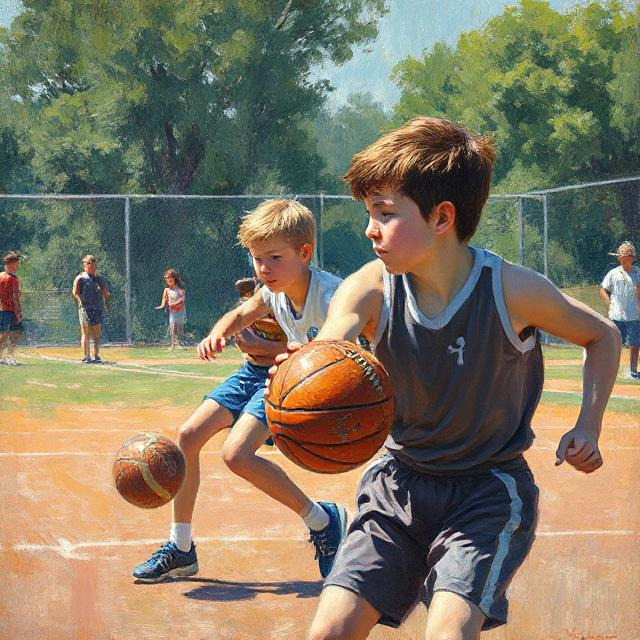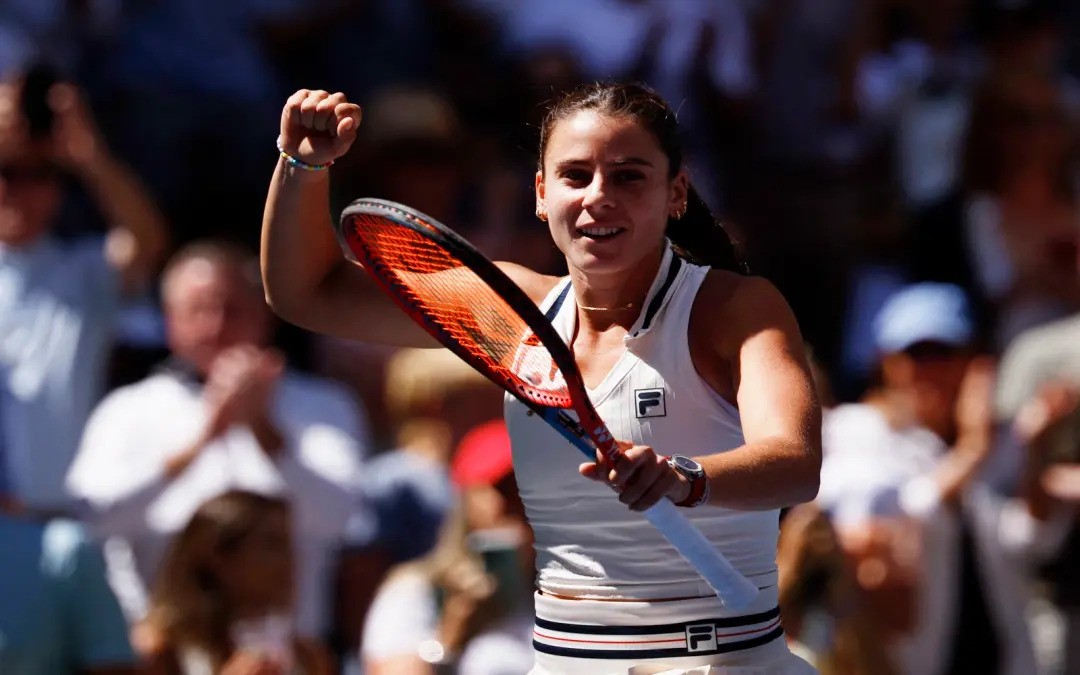A few decades ago, women’s sports were often treated as an afterthought—underfunded, underpromoted, and overshadowed by their male counterparts. But the tide has shifted.
Today, women’s sports are breaking records, filling stadiums, and attracting millions of viewers worldwide. Female athletes are no longer fighting to be recognized—they’re demanding their place in the spotlight, and rightfully so.
But what’s next? How will women’s sports continue to grow and evolve? From equal pay battles to groundbreaking technology, let’s explore the exciting future ahead.
1. Breaking Records: The Growing Popularity of Women’s Sports
Women’s sports are no longer a niche market. Viewership is skyrocketing, stadiums are packed, and corporate sponsors are finally paying attention.
Key Trends Driving Popularity:
- Record-Breaking Attendance: The 2023 FIFA Women’s World Cup set attendance records, proving the global demand for women’s sports.
- Mainstream Media Coverage: More networks are giving women’s sports prime-time slots instead of late-night replays.
- Sponsorship Boom: Brands like Nike, Adidas, and Visa are making multi-million-dollar investments in women’s leagues and individual athletes.
A Moment That Changed Everything:
When the 2022 UEFA Women’s Euro Final was played at Wembley, an astonishing 87,192 fans packed the stadium. It wasn’t just a women’s sports record—it was the largest crowd for any European Championship final (men’s or women’s).
📢 Looking ahead: By 2030, we’ll see bigger TV deals, higher prize money, and even more mainstream exposure for women’s sports.
2. The Fight for Equal Pay: Real Progress is Happening
For years, female athletes have had to fight for fair salaries, prize money, and sponsorship deals. But change is finally happening.
Key Wins for Equal Pay:
- The U.S. Women’s National Soccer Team (USWNT) won their battle for equal pay after years of legal struggles.
- Tennis Grand Slams (Wimbledon, US Open, etc.) now offer equal prize money for men and women.
- More leagues are implementing revenue-sharing models to support both male and female athletes equally.
What’s Still Left to Change?
Despite progress, many sports still have massive pay gaps. For example, the 2022 FIFA Men’s World Cup winners took home $42 million, while the women’s champions received only $4 million.
📢 Looking ahead: By 2030, expect more equal pay battles won, larger endorsement deals for female athletes, and financial parity in sports where the pay gap still exists.
3. Social Media: A Game-Changer for Female Athletes
Unlike past generations, today’s female athletes don’t need to rely on traditional media to build their brands—they have direct access to millions of fans through social media.
How Social Media is Changing Women’s Sports:
- Athletes as Brands: Superstars like Serena Williams and Megan Rapinoe are using social media to expand their influence beyond sports.
- Direct Fan Engagement: Platforms like TikTok, Instagram, and Twitter allow female athletes to connect with fans without waiting for traditional media coverage.
- Advocacy & Social Change: Women’s sports stars are speaking out on issues like equal pay, mental health, and gender equality, using their platforms to push for change.
A Powerful Example:
- Naomi Osaka stepped away from major tennis tournaments to prioritize her mental health—something that might have been criticized years ago. Thanks to social media, she was able to tell her own story, shifting the conversation on mental well-being in sports.
📢 Looking ahead: By 2030, female athletes will have even bigger platforms, more endorsement opportunities, and greater influence beyond sports.
4. Technology & Science: The Next Level of Performance
Advancements in sports science, AI-driven training, and injury prevention are helping female athletes perform at higher levels than ever before.
What’s Changing?
- AI-Driven Coaching: Personalized data analytics will help optimize training, predict injuries, and enhance performance.
- Better Understanding of Female Physiology: Until recently, most sports science research focused on male athletes. Now, experts are studying women-specific training needs, leading to better injury prevention strategies.
- Smarter Sportswear & Equipment: Brands are developing female-specific gear that enhances performance rather than just resizing men’s products.
A Major Breakthrough:
- Nike recently designed maternity-friendly training gear for female athletes, recognizing that pregnancy and postpartum fitness are critical in a woman’s sports career.
📢 Looking ahead: By 2030, expect more innovation in female-centric sports science, making training safer and more effective.
5. New Leagues, New Opportunities: The Expansion of Women’s Sports
Women’s sports aren’t just catching up—they’re expanding in ways we’ve never seen before.
Key Growth Areas:
- More Women’s Leagues: The rise of women’s cricket, basketball, and football leagues is creating career opportunities for thousands of female athletes.
- Esports & Virtual Leagues: Female gamers are entering professional esports at record numbers, creating new frontiers in competitive sports.
- Olympics & Global Tournaments: More events are being added to major competitions, ensuring equal representation for men and women.
A Real-World Success Story:
- The launch of the Women’s Indian Premier League (WIPL) in cricket generated huge audiences and million-dollar contracts for female cricketers, proving there’s a massive market for women’s sports.
📢 Looking ahead: By 2030, women’s leagues will rival men’s leagues in viewership and revenue, opening doors for more female athletes globally.
Final Thoughts: The Future is Bright, and It’s Only Getting Better
Women’s sports have come a long way, but the best is yet to come. With increased investment, media coverage, technological advancements, and growing fan support, the future of women’s sports looks unstoppable.
By 2030, we’ll see:
✅ Equal pay becoming the standard
✅ Women’s sports leagues competing at the highest levels
✅ New records, bigger audiences, and more mainstream recognition
✅ A new generation of female athletes inspiring millions worldwide
The future of women’s sports isn’t just about growth—it’s about changing the game entirely. And the world is finally ready to watch.
👉 What do you think will be the biggest shift in women’s sports over the next decade? Let’s discuss!





